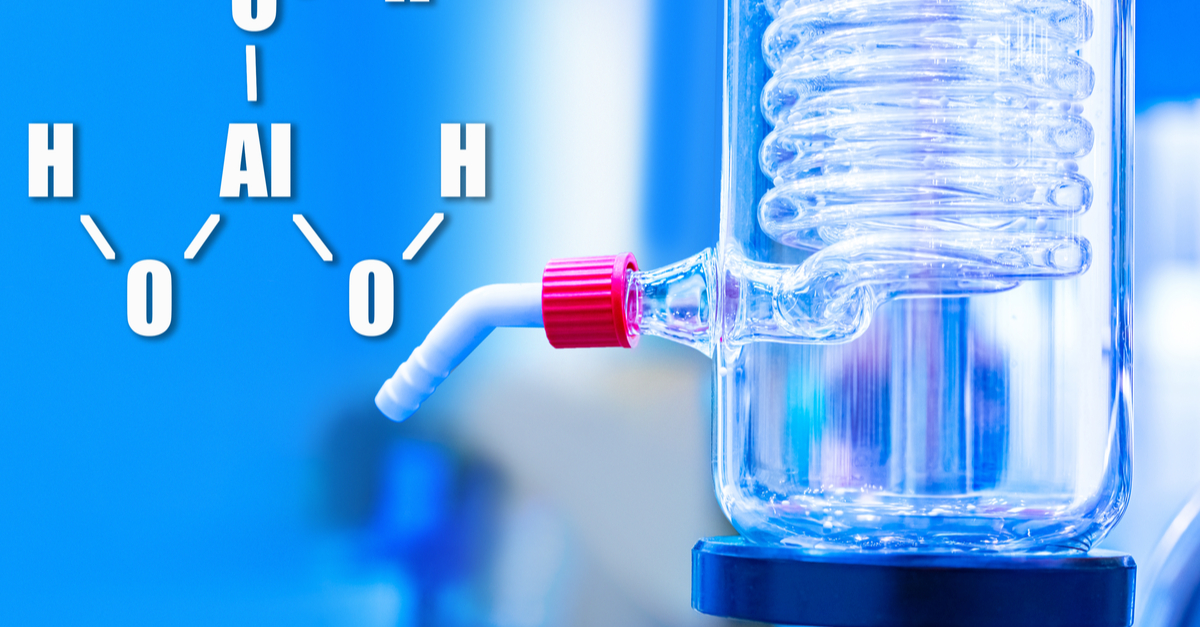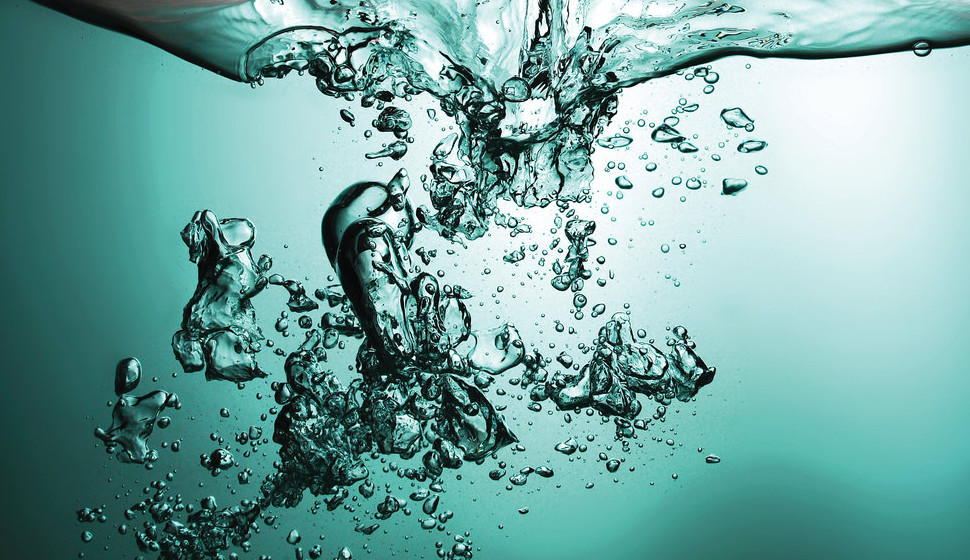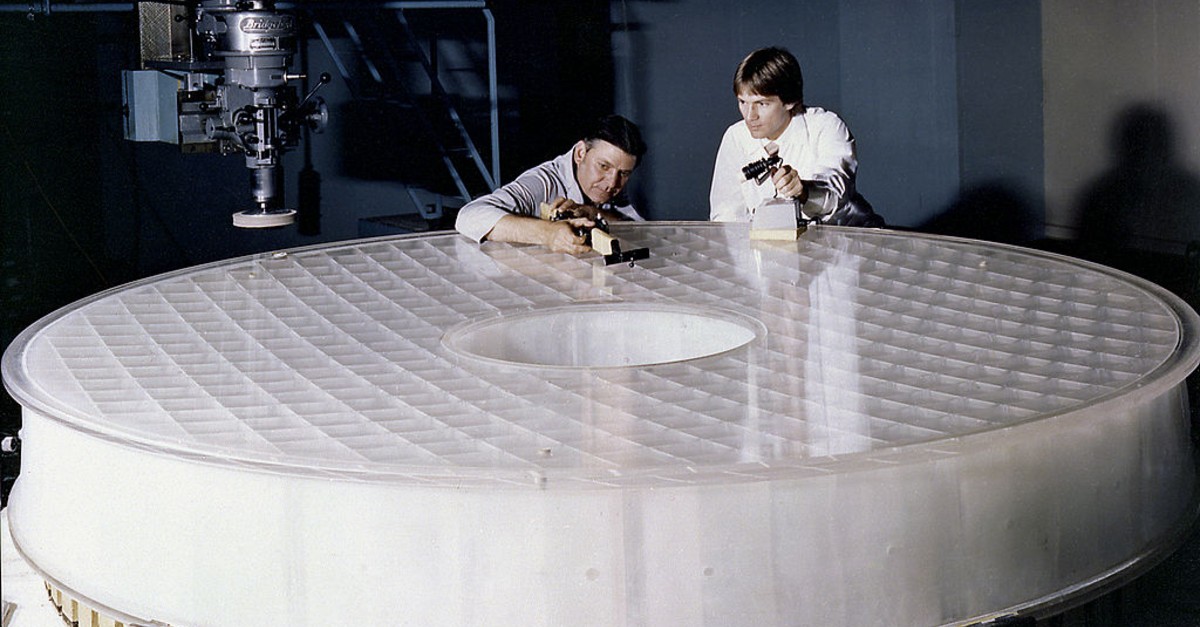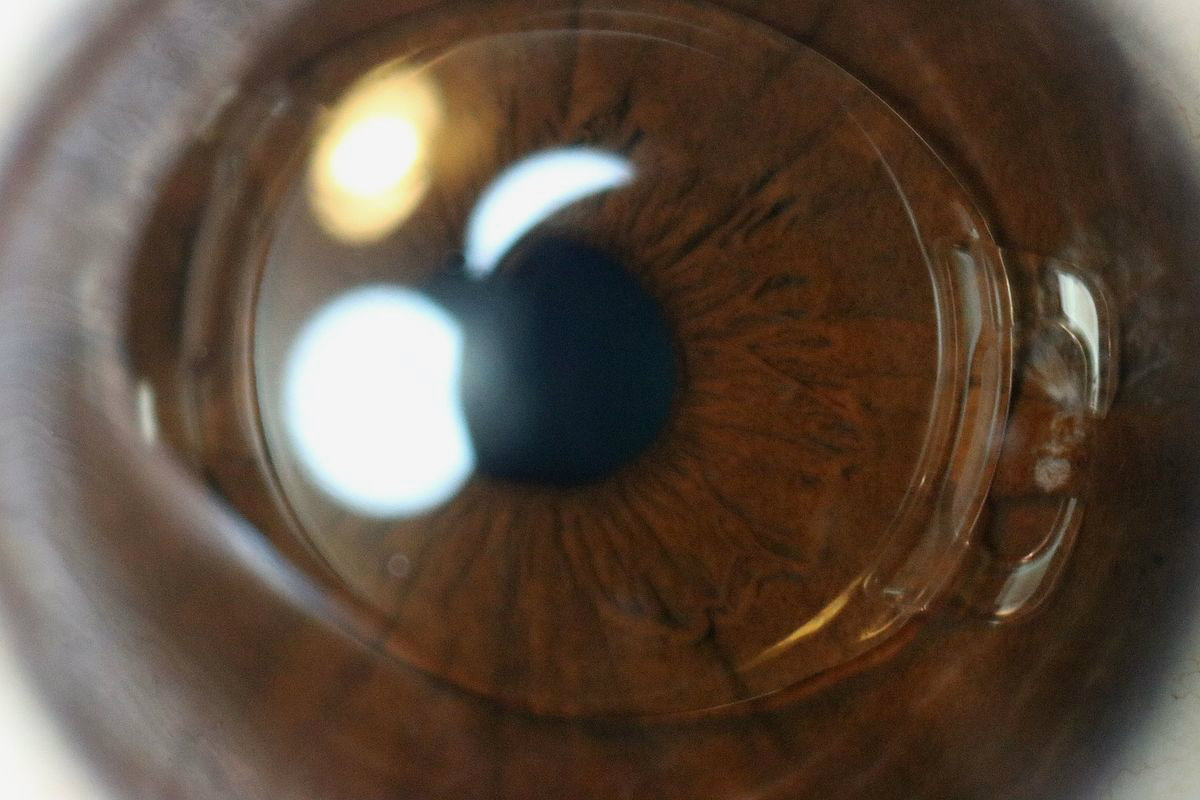How to: Remove Hydrated Aluminum Oxide – Al(OH)3
Q: We are currently using Alconox powder. What recommendations are there to remove Hydrated Aluminum Oxide – Al(OH)3 from aluminum?
A: Cleaning hydrated aluminum oxide, or aluminum hydroxide, is not the best of jobs for an emulsifying alkaline cleaner like Alconox powdered detergent.
Defining Free Rinsing Detergent
A non-free rinsing cleaner might contain fragrances that were designed to deposit and leave a fresh scent, or it might contain corrosion inhibitors that are designed to deposit and leave behind an anti-corrosion film.
Alconox, Inc, cleaners are free rinsing detergents and do not leave deposits on substrates after rinsing.
How To Clean an Aluminum Coated Mirror
Q: We are looking to clean an aluminum coated mirror with a neutral, mild effective cleaner. What can Alconox, LLC recommend?
A: Typical residues found in laboratory, aerospace and optics industry mirror applications are adhered dust, dirt and water spots. Occasionally oil spots and coolant residues will be found as well.
Medical Device Cleaning: Soft Acrylic Intraocular Lenses (IOLs)
Q: We are cleaning both hydrophilic and hydrophobic acrylic polymers. The cleaning process we use is mostly manual, involves no extended soaking, rather short contact with rubbing, and/or usage in an ultrasonic bath. Which of your products — Alconox, Tergazyme or Liquinox — would be most suitable for the cleaning of soft acrylic intraocular lenses (IOLs)?
Ultrasonic Cleaning of Optical Devices
Q. Ultrasonic and forced DI water are not removing particles from the optical devices. We suspect that the particles are charged and that is playing a role in the difficulty of removing them. Rusting isn’t a problem but oxidation might be. Al, Ti are metals in the devices we use. The cleaning is followed by chemical etching so this can be an issue.
Click to read the answer.




